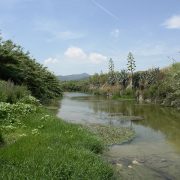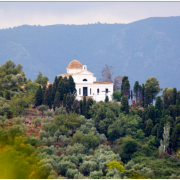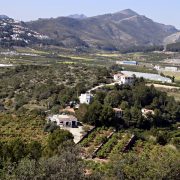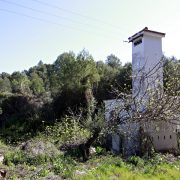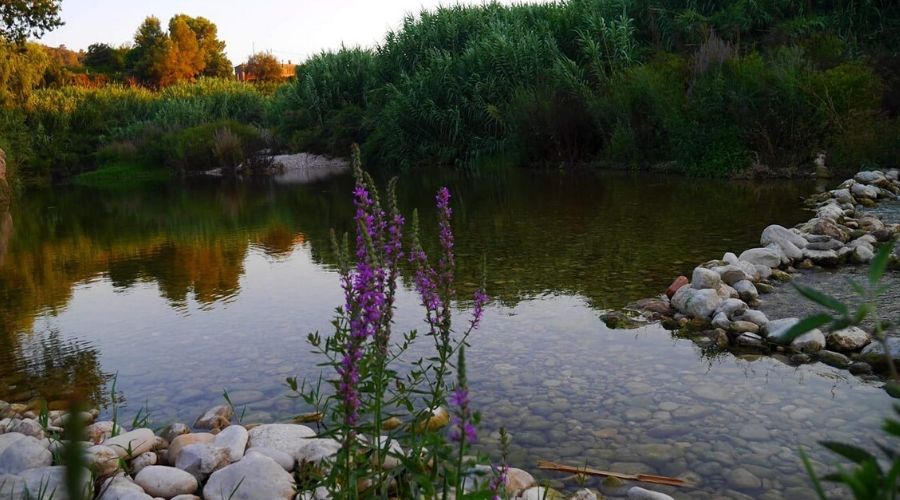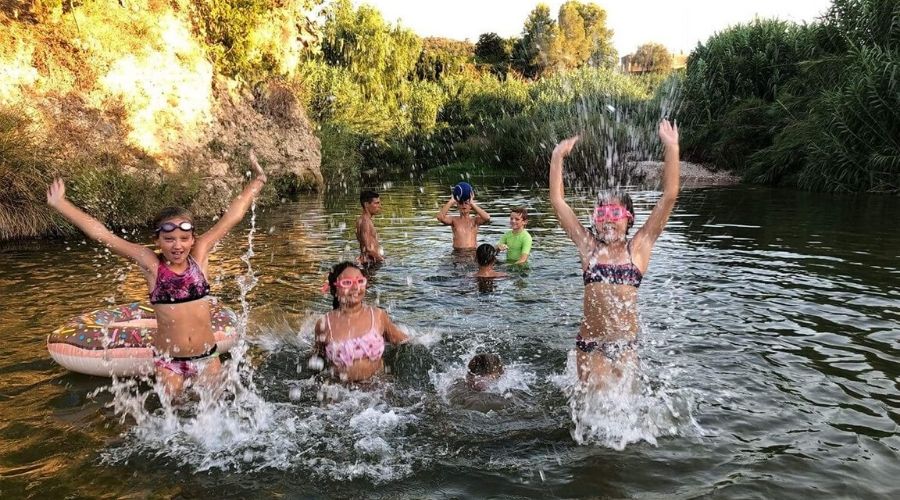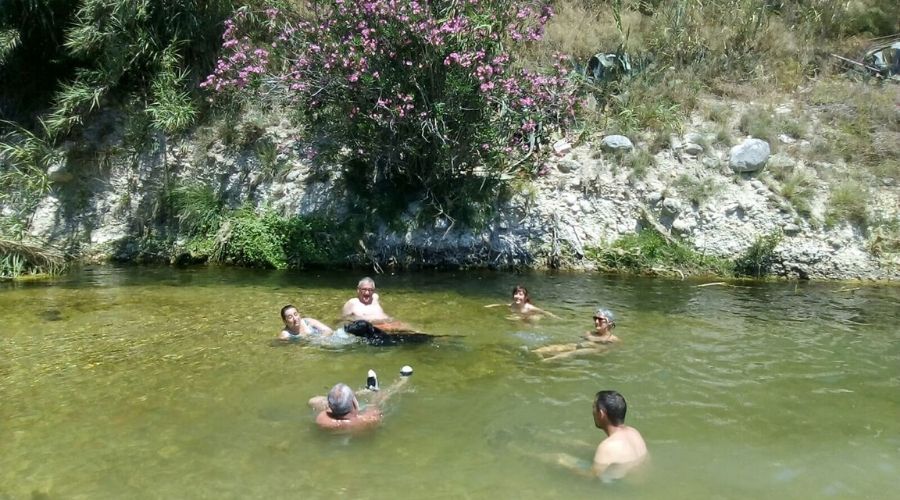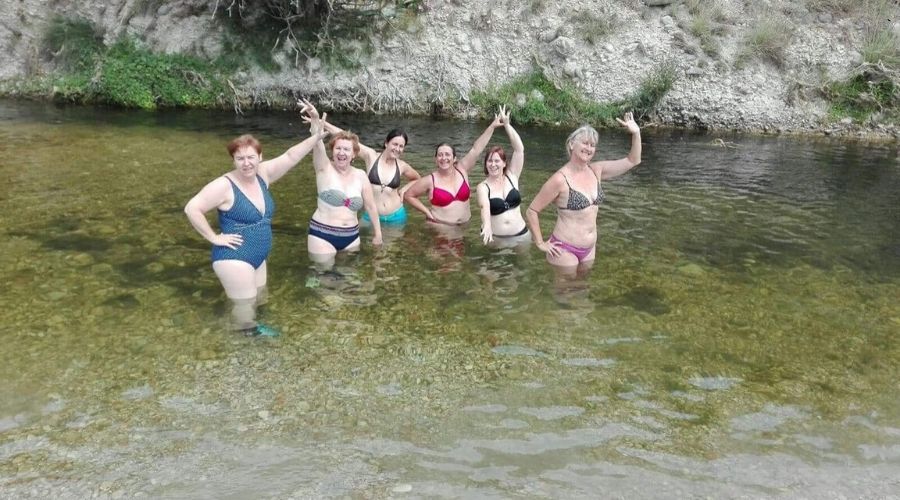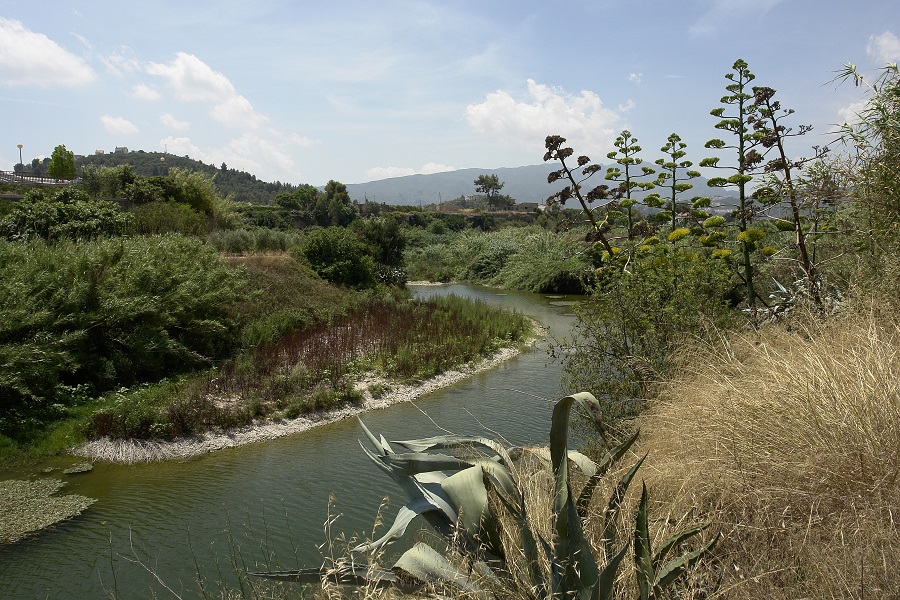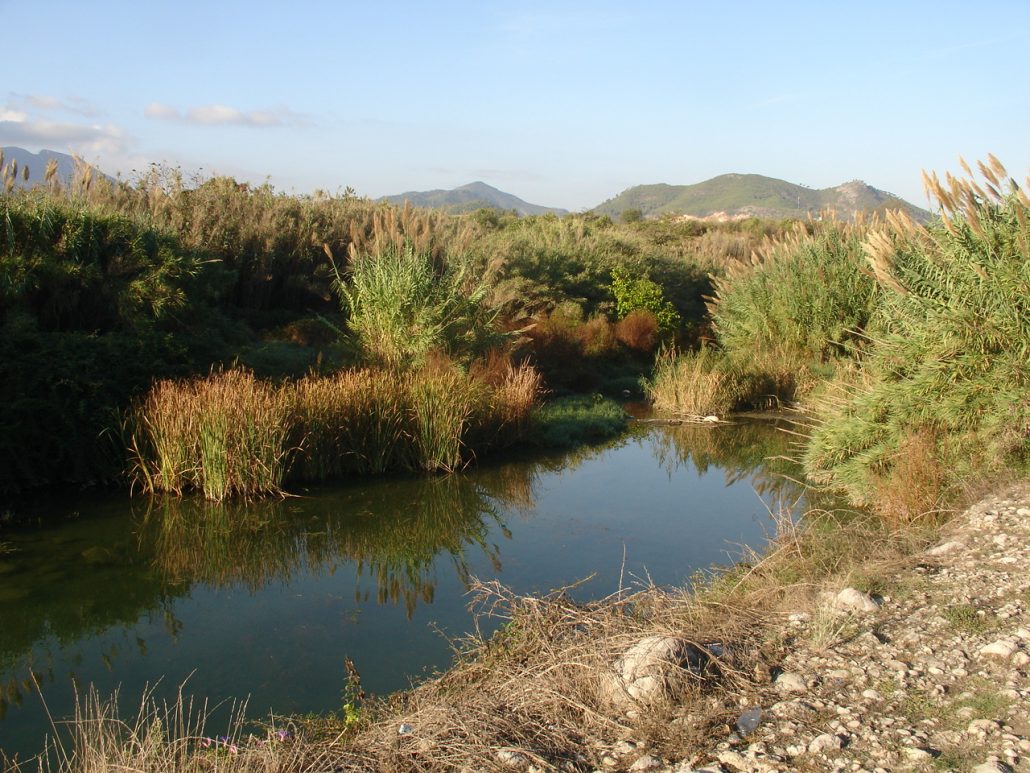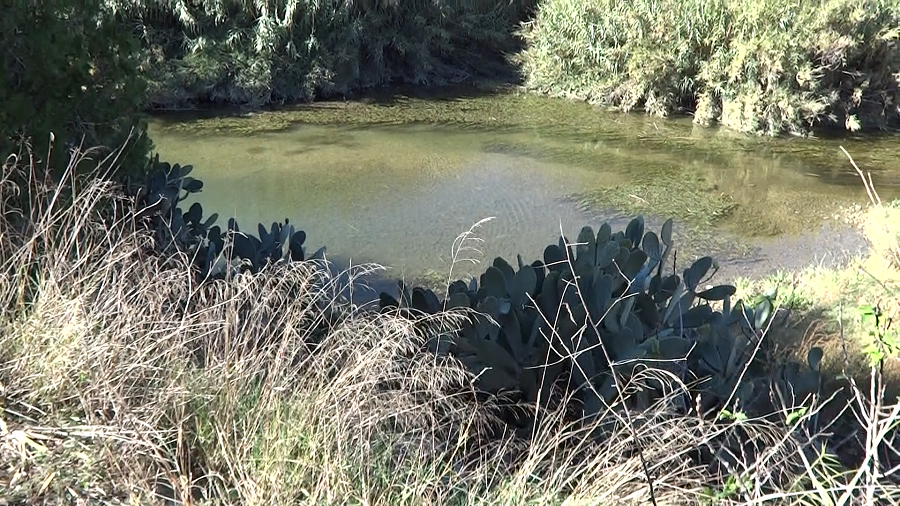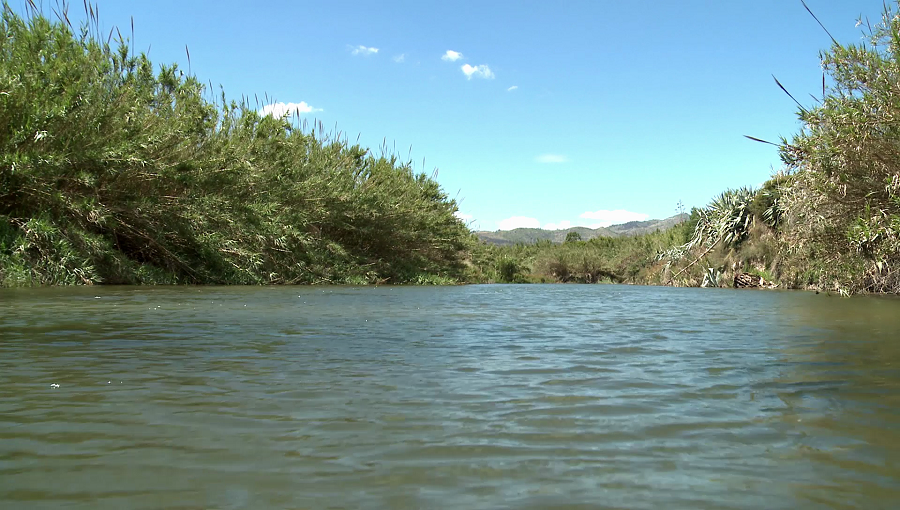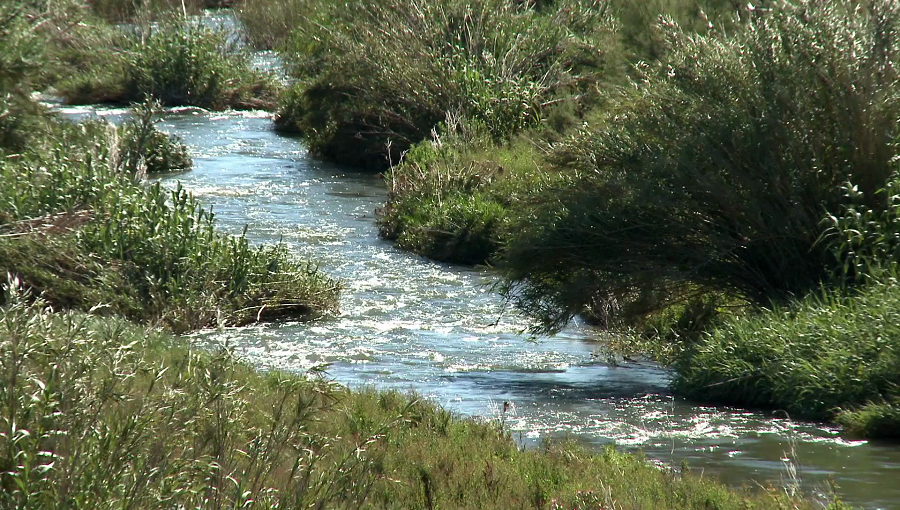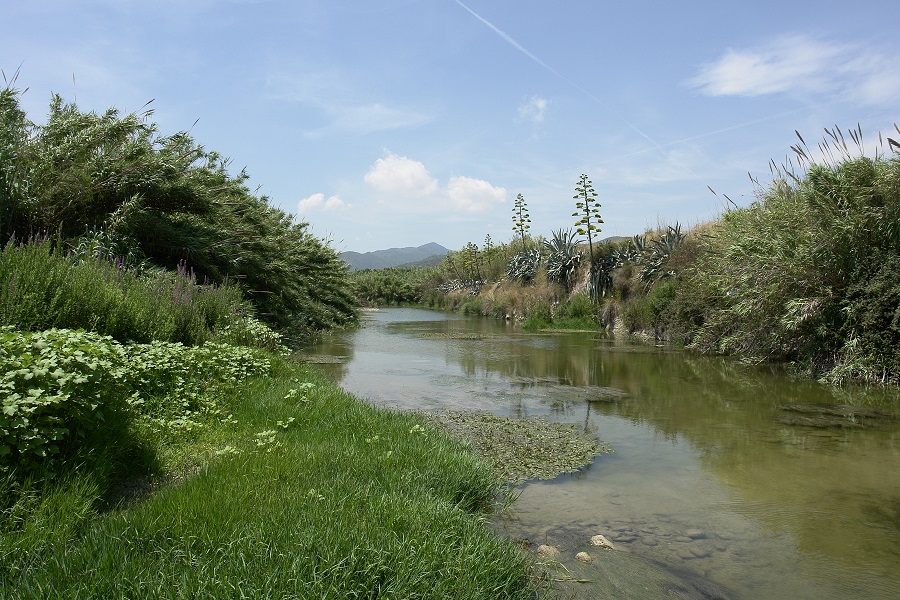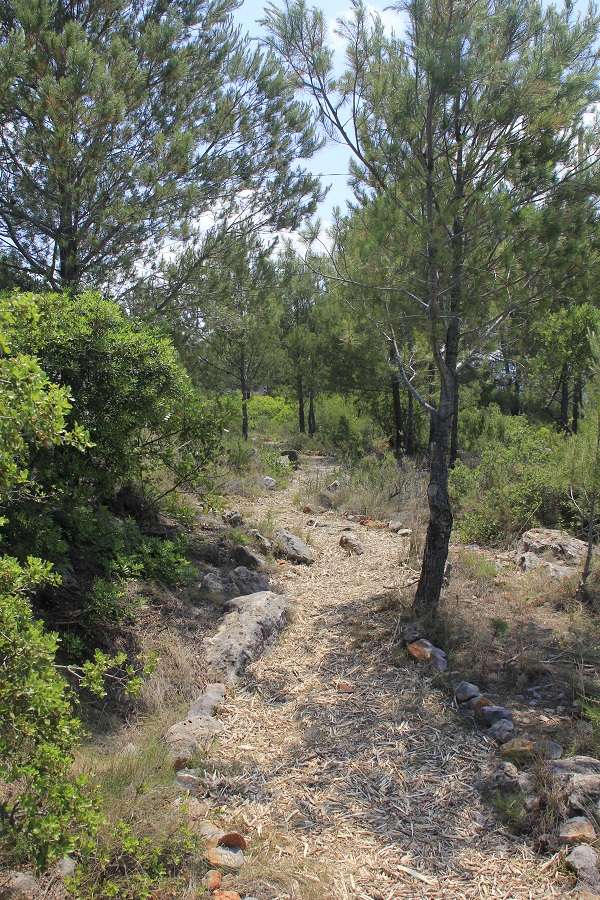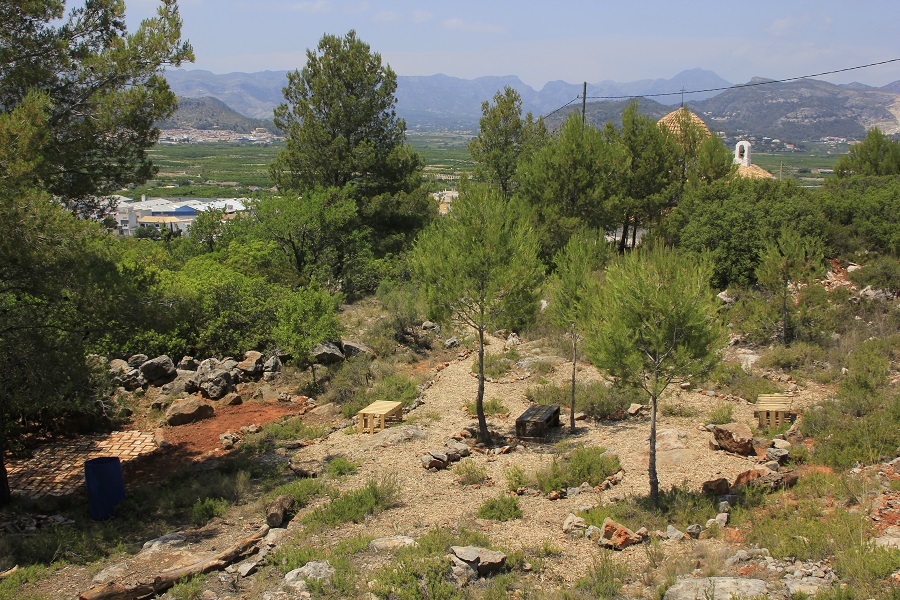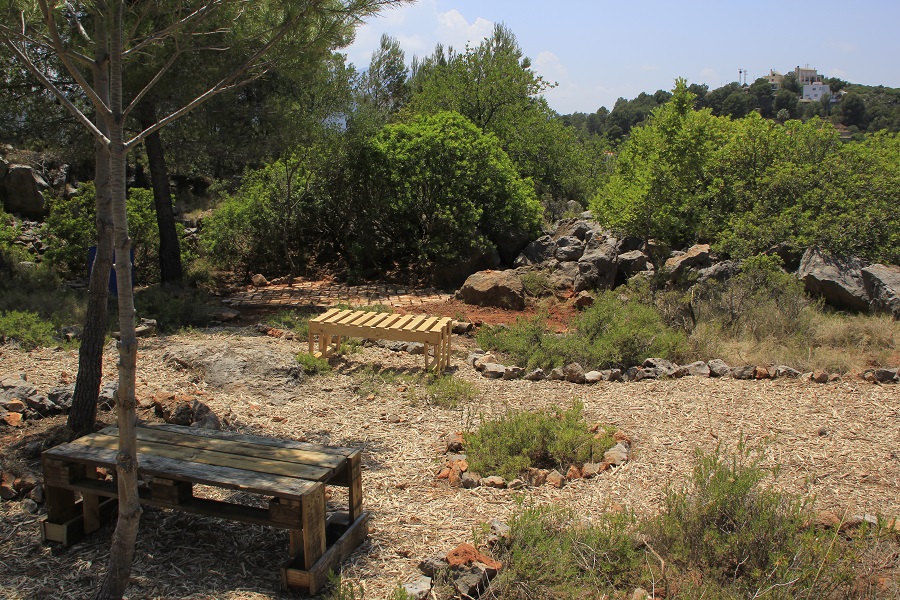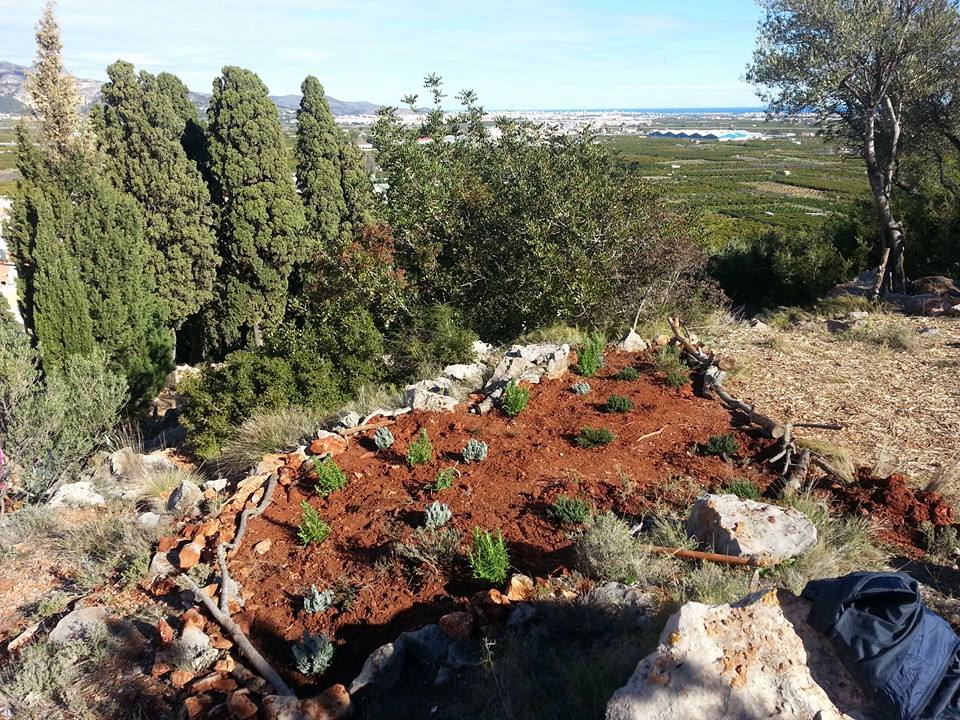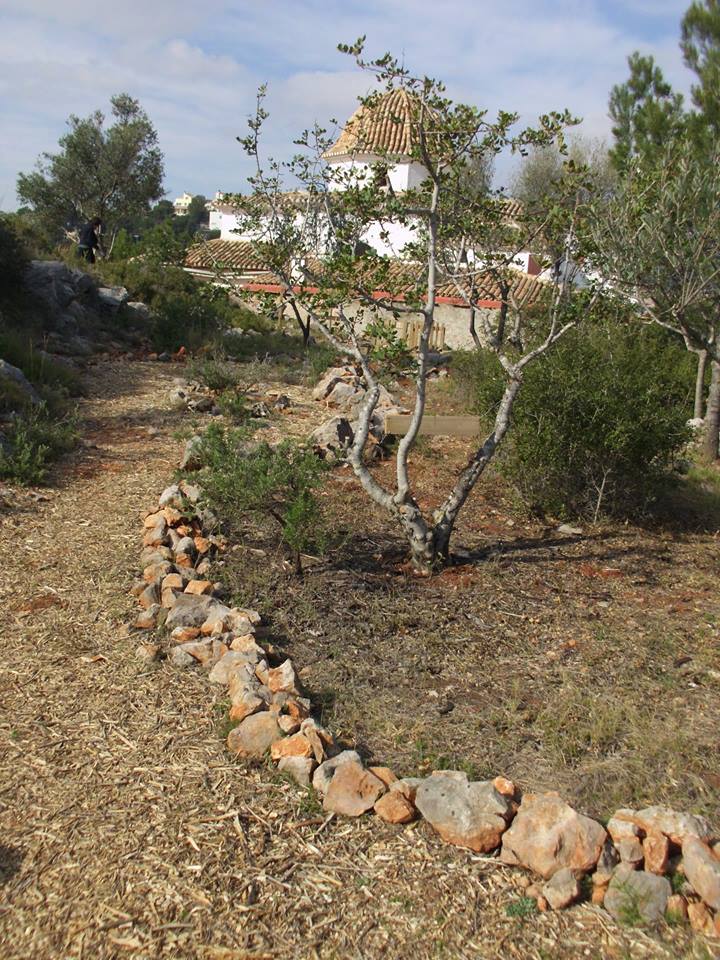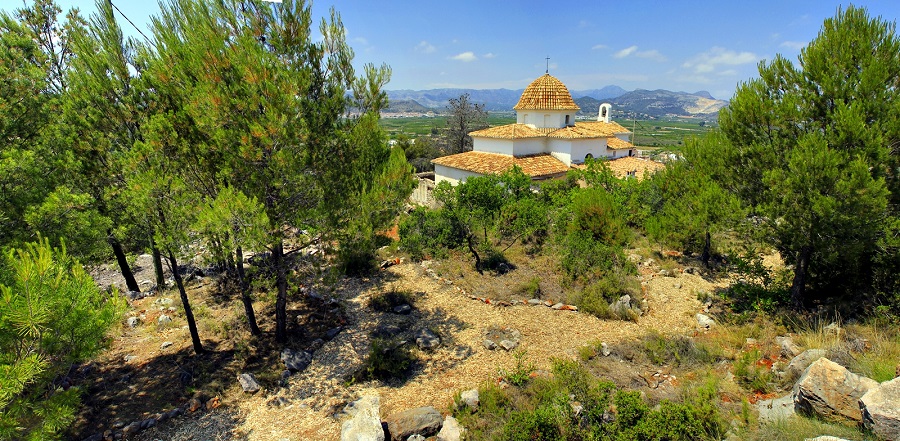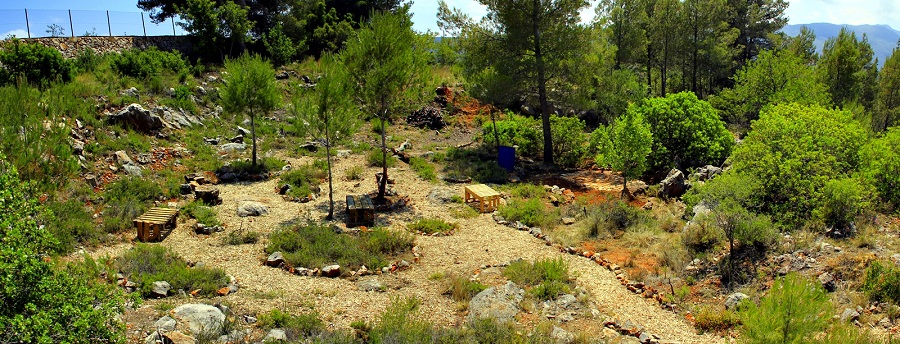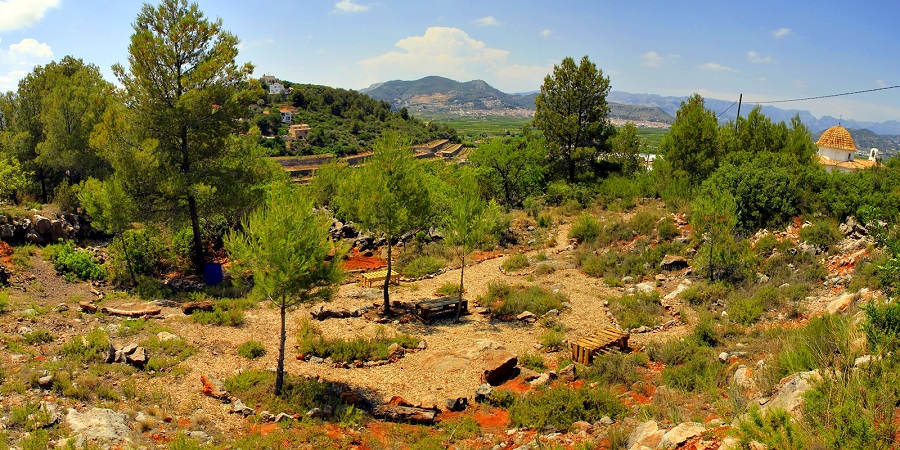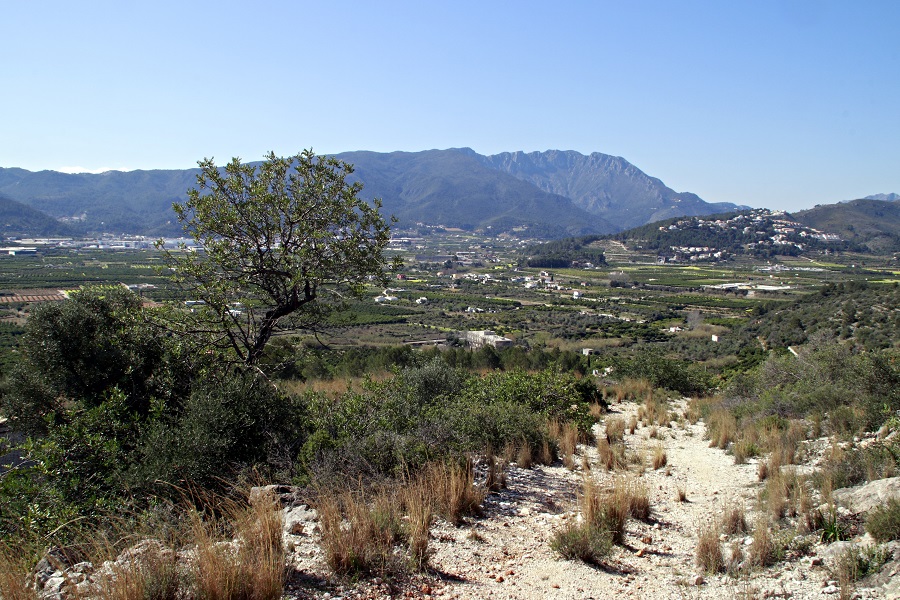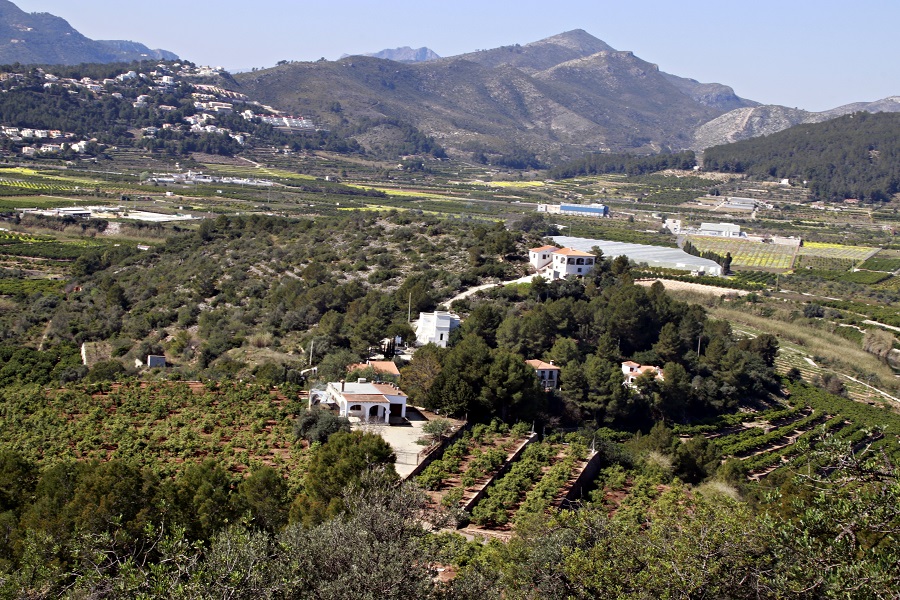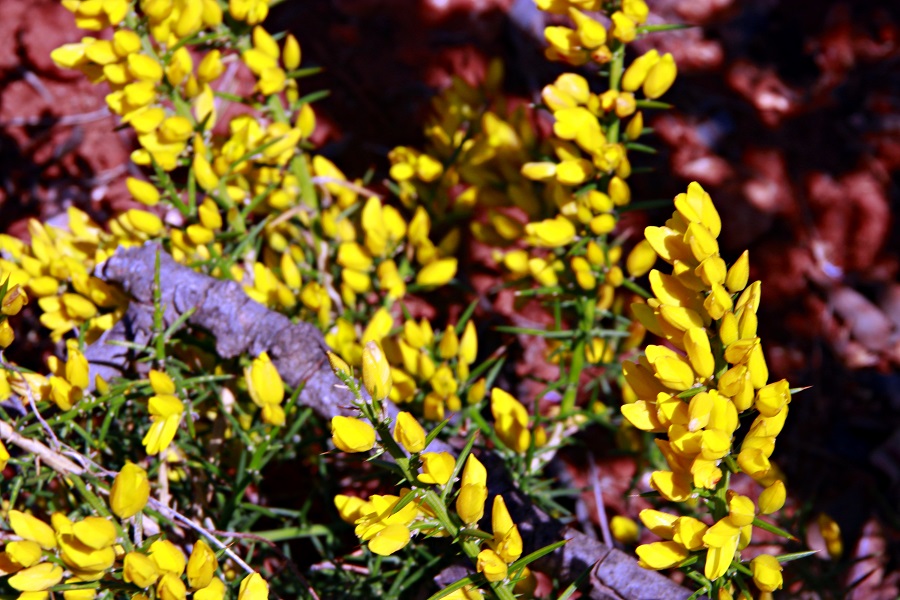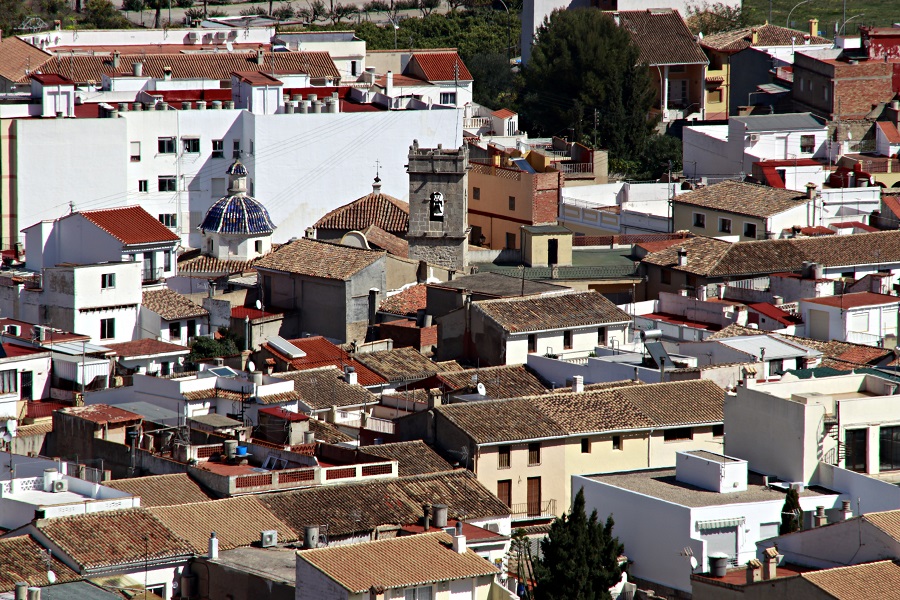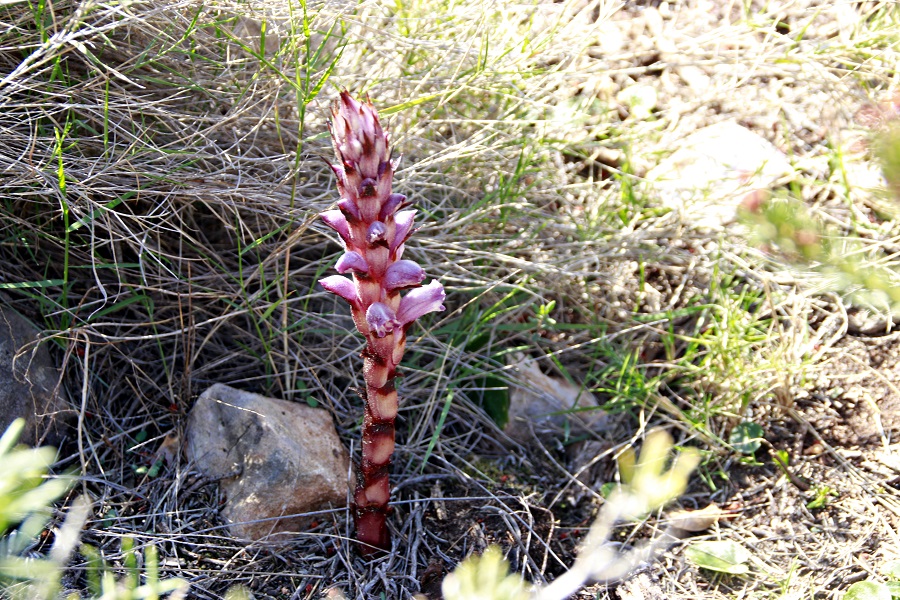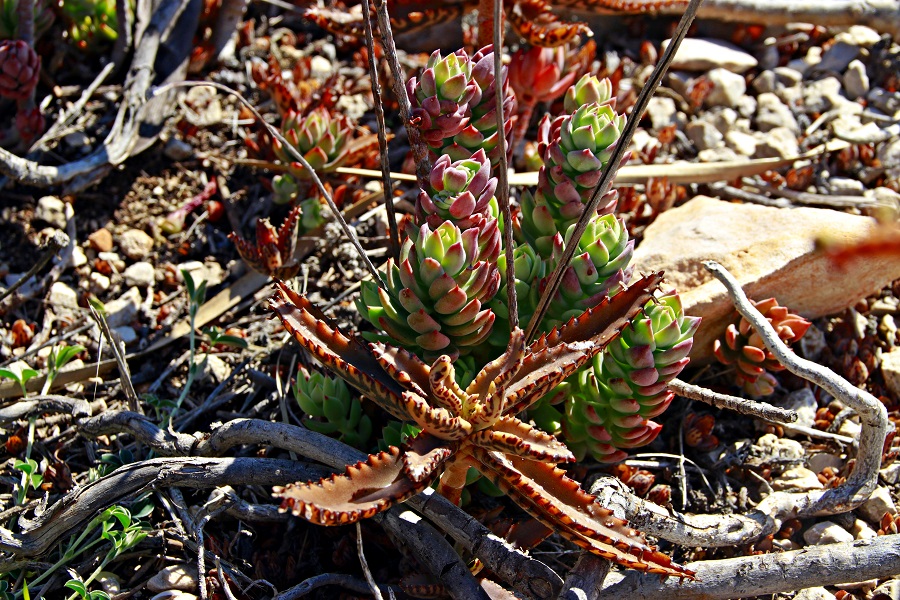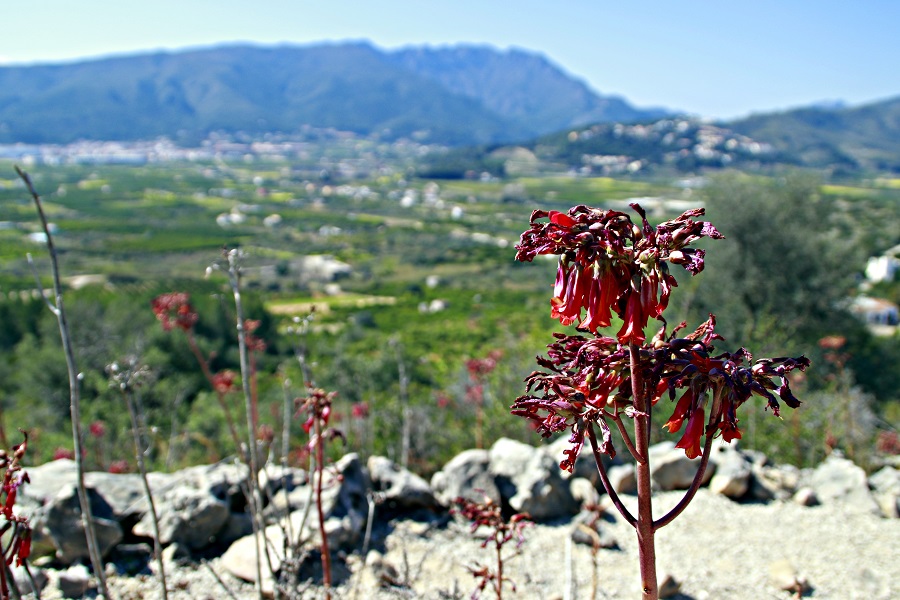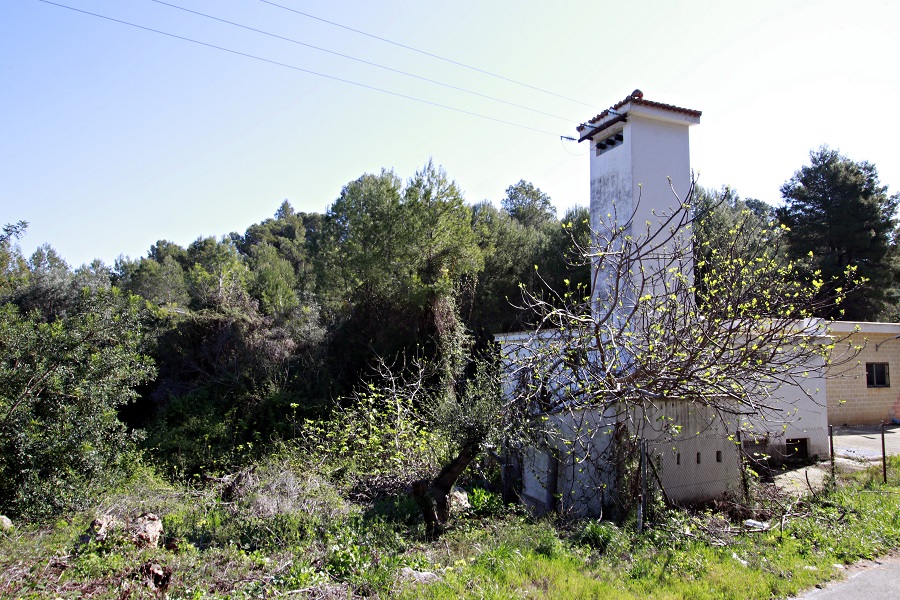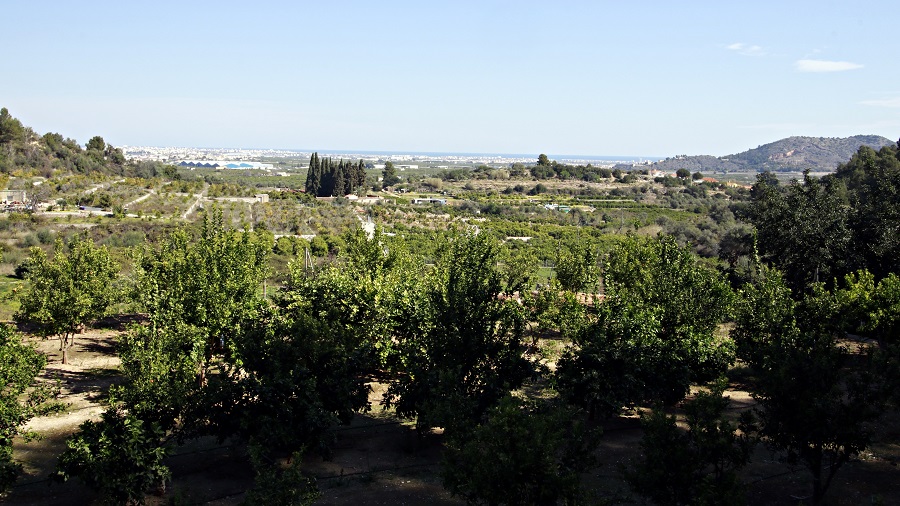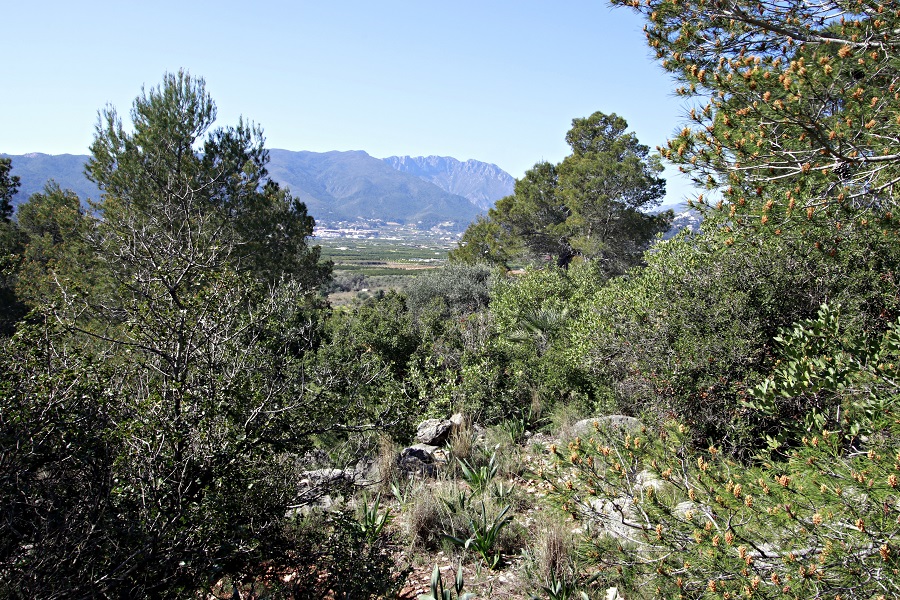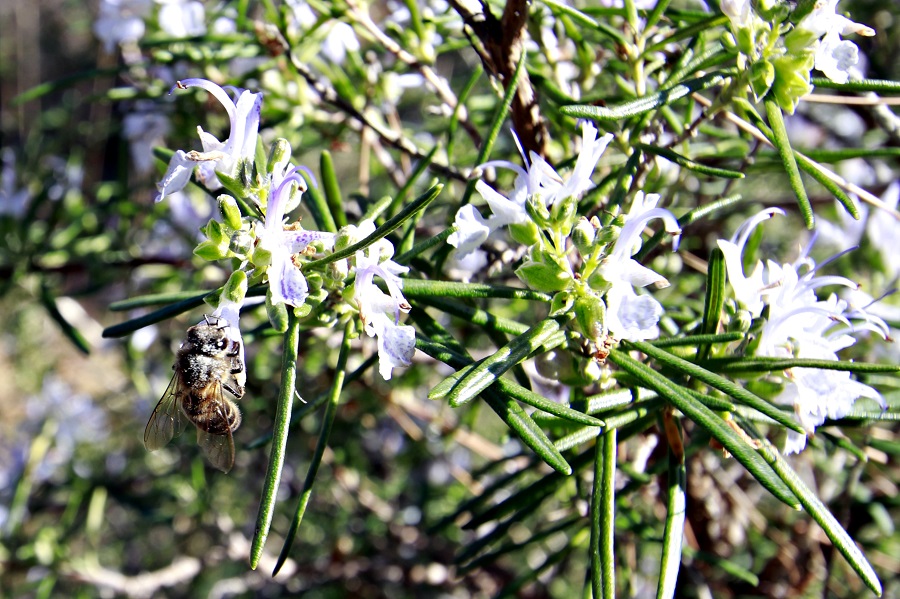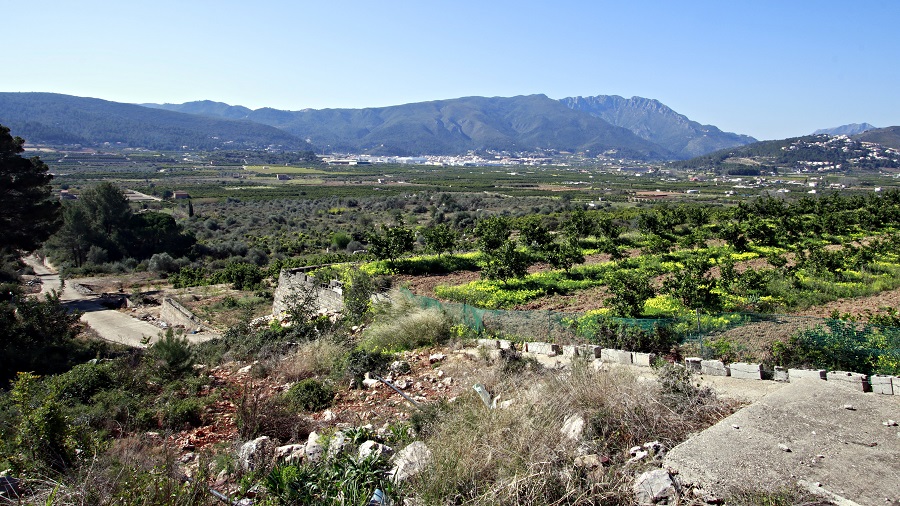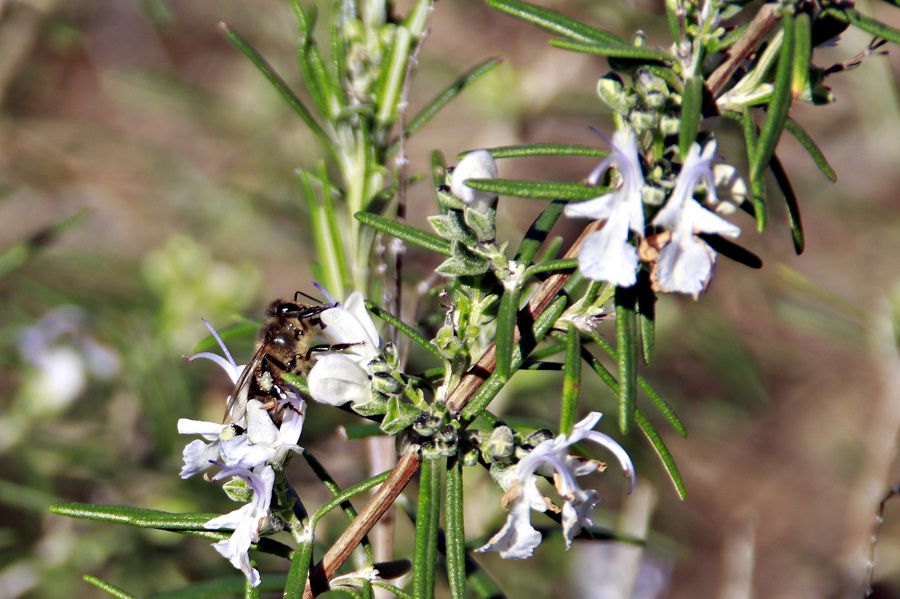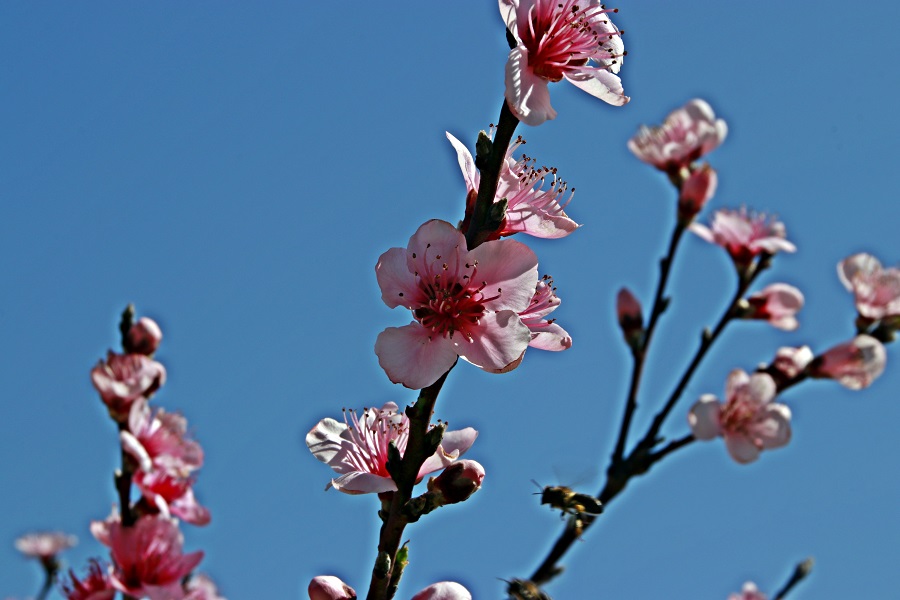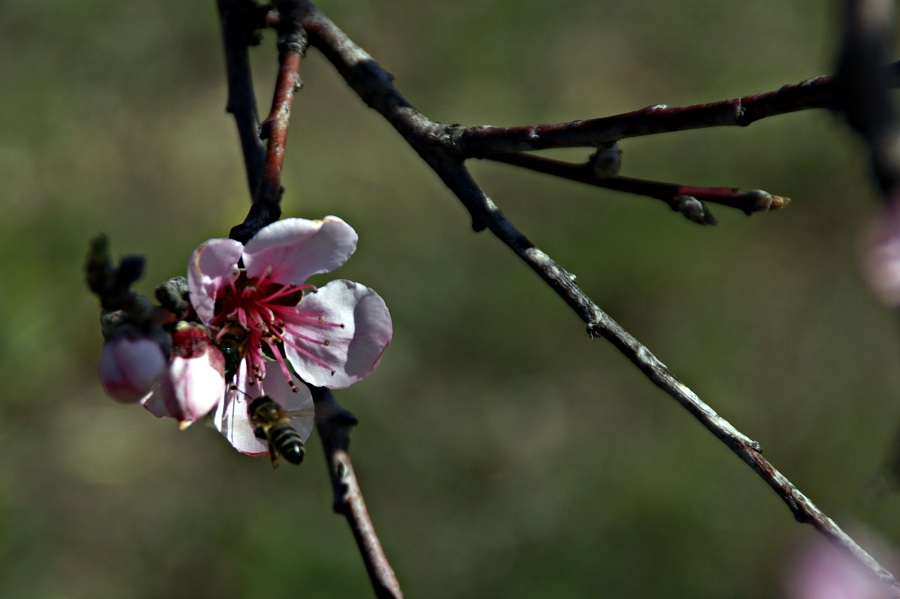The Serpis river:
The Serpis River and its surroundings from Alcoi down to Gandia are declared a protected natural area of the Valencian Community. It has a length of 50 kilometres and an approximate surface of 10,000 hectares, it is a unique space for its scenic, ecological and cultural values, derived from a historical harmonious relationship between humans and the natural environment.
The villages of this vast territory, scattered along the river, draw a cultural itinerary where the landscapes become history. This relationship is reflected in the integration of towns and roads into the landscape, in orchards highlighting the natural topography, in the unique irrigation systems derived from the river and the architecture generated by them, or in the topographical elements that shape the region’s identity, such as slopes, mountain ridges or border stones.
The river is bounded to the north by the Mariola and Benicadell mountain ranges, and to the south by the Safor, Cuta, Alfaro, Serrella and Aitana mountain ranges. This section of the Serpis River between the provinces of València and Alacant acts, in ecological and territorial terms, as a connecting element between the mountains and the coast, forming an exceptional mosaic of ecosystems and landscapes. Once the river leaves its narrow passage in the mountainous area, through the imposing places of the Barranc de l’Infern and the Racó del Duc, it reaches the plain terrains near Vilallonga. From this point, the river widens and loses slope, with an increasingly deeper riverbed, forming meanders and spectacular pools full of life.
There are aquatic animal species of great interest, such as the frog shrimp (Dugastella valentina), the water snail (Melanopsis dufouri), the Iberian chub (Leuciscus pyrenaicus) and the barb fish (Barbus bocagei), among others. In the mountain slopes and around the riverbed we can find birds such as the golden eagle (Aquila chrysaetos), the Bonelli’s eagle (Hieraetus fasciatus), the eagle-owl (Bubo bubo) and the kingfisher (Alcedo atthis).
Among the riverside vegetation, we find the poplar (Populus nigra) and to a lesser extent the white poplar (Populus alba), both deciduous. Several species of willows (Salix eleagnos, S.fragilis) are also present in some sections of the river, as well as the abundant oleander (Nerium oleander). It is also easy to find tamarinds (Tamarix gallica) and brumble (Rubus ulmifolius). Wild canes (Arundo donax) are plentiful along the riverbed, on the river bank we find reed (Phragmites australis), a more stylized cane that requires the presence of water. Along the river banks we find as well bulrush (Typha latifolia), watercresses (Roripa nasturtium-aquaticum), fool’s watercresses (Apium nodiflorum) and pondweeds (Potamogeton natans and P. pectinatus).
The Calvary-Chapel protected area:
The Calvari-Ermita protected area is located on the easternmost hill, 136 m in height, and is described as a public park according to the town’s urban planning. It has a reserve of 19,937 m² and a perimeter fringe of non-building protected area due to its environmental and scenic value.
This park integrates other elements of the local patrimony, such as the Calvary (18th century) with the stations and the pathway, serving as an access to the park; also the interesting building of the Santíssim Crist de l’Agonia chapel (19th century). It forms an ensemble of unquestionable public interest, including a considerable amount of the old dry land terraces stone walls still preserved, that will be integrated into the park’s execution project.
The Tossalets:
South of Potries we find a group of hills, barely exceeding 100 m in height, known as the Tossalets. These are the first spurs of the Gallinera range, typical of a transition orography between the river plain and the mountain ranges. The Tossals hills constitute a magnificent vantage point allowing to watch over a vast territory, and have been used traditionally by the different societies, as they also offered natural resources, such as raw materials (land, wood) or food (crops, hunting).
Racó de la Porra:
This is a small and quiet interior valley opened to the sea, an area of interest due to its environmental and scenic value. It is located south of the town, among the Pedrera, Racó de Seguí and Encreuades allotments, where the Porra ravine starts, continuing towards the Beniteixir ravine.
Crossing this place through the Tossalets, a traditional path leads us to the Font-Vilallonga road, across the Pla de la Font. The cemetery of Potries was transferred in 1955 to this privileged place, and today it is perfectly integrated into the landscape.
At the bottom of the valley, we find the Christ water pump, an installation linked to the architecture of water. We can still observe remains of forest vegetation with pine trees and holm oaks, dry stone walls, olive trees, carob trees and some scattered grapevines, as well as some isolated small cottages. It is the testimony of a traditional dry land landscape in the region engulfed by the massive cultivation of orange trees.



